Originally Featured on StreetFightMag
There have always been attempts to demarcate digital marketing eras in advance, with a rush to declare “the year of mobile,” or “the year of CTV.” In the past, those evolutions ended up as multi-year strategic shifts. Preparation for the post-cookie era is different though, because the actions underway right now represent such foundational change that it’s safe to say that 2020-2023 is its own epoch, the “data gathering era.”
In this era, brands seeking to maintain audience targeting capabilities that have underpinned their digital campaigns for years now view publishers as audience gatekeepers. For this to be a reality, it is imperative that publishers capture significant levels of first-party data on their subscribers, site visitors, and readers so that they have a robust understanding of their audience. Doing so will allow them to effectively package audiences for advertisers and have scalable match rates to new digital identifiers, creating new or improved avenues for monetization.
Yet, according to the IAB’s latest State of Data report, publishers are not taking enough action to address upcoming changes. IAB found that 55% of publishers are currently unable to offer extended reach through first-party audiences to their advertisers, limiting a massive revenue opportunity.
This should serve as a wakeup call. Creating scalable audience solutions is proving to be difficult even for the largest publishers, and very hard for anyone beyond that. Missed monetization opportunities could be a deathblow to publishers and seeing that more than half are unable – or unprepared – to scale their audience solutions is cause for concern.
Fortunately, there is time, and there are several ways for publishers to seize the opportunities that lay ahead.
Build Larger Audiences
The first thing that publishers need to address is scale, which is one reason why programmatic buys overtook direct IOs. But as brands shift back to direct deals or PMPs, their expectation will be to achieve those same volume levels. As we’ve highlighted, even the biggest publishers may not be able to meet advertiser demand with their current audience products, but that does not mean more can’t be done with existing consumers of their content.
Publishers need to take a phased approach to building their audience taxonomy, investing the time to evaluate how consumers engage with their site and other content. Start with the broadest categories to build the most scalable audiences, and methodically define more granular categories until scale can no longer be achieved. Starting with a roadmap of desired audiences will help guide this process.
Expand Audience Categories
Hitting a scale roadblock early in the process may feel limiting, but there is a way to keep moving forward. There’s an opportunity here to leverage data enrichment, appending additional attributes around any number of desired categories. This deeper understanding of consumers will help the creation of more refined audience categories that would otherwise be missed. Additionally, this broadens the audience solutions that can be offered to advertisers, allowing publishers to capture more campaign dollars that would have gone elsewhere.
Extend Audiences Across Channels
The scale issue compounds when you consider how people consume media today, and what brands need to do to reach them. Content is fragmented across TV, social, mobile, audio and more, and advertisers want to create consistent messaging for their target audience across these channels.
Many publishers may feel like they don’t have much option for consistently reaching audiences on their owned multichannel properties, or across an extended network on the open web. A solid identity framework will open new opportunities for audience creation. Being able to offer advertisers the same audience cross web, CTV and social will create more value for both the advertiser and publisher. This can be done through better data hygiene, capturing more info about site visitors/subscribers through a defined value exchange, and/or working with a partner to fill in identity gaps.
Optimize Content & Recommendations
Publishers who have a well-defined audience taxonomy in place will not only align advertisers with the segments of their audience that are more likely to engage or convert but will drive more desired consumer behaviors with improved content development and recommendations. This improved performance of consumer audience segments will lead to more direct connection and conversation with brands around messaging and campaign goals. Ultimately this will drive performance for the brand and help the publisher maximize revenue.
The ability to adopt all four of these steps positions publishers to not only make their audiences more appealing to advertisers and agencies, but also to take on the walled gardens and build true audience scalability.




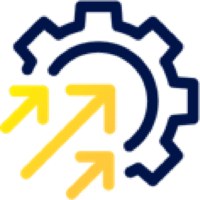


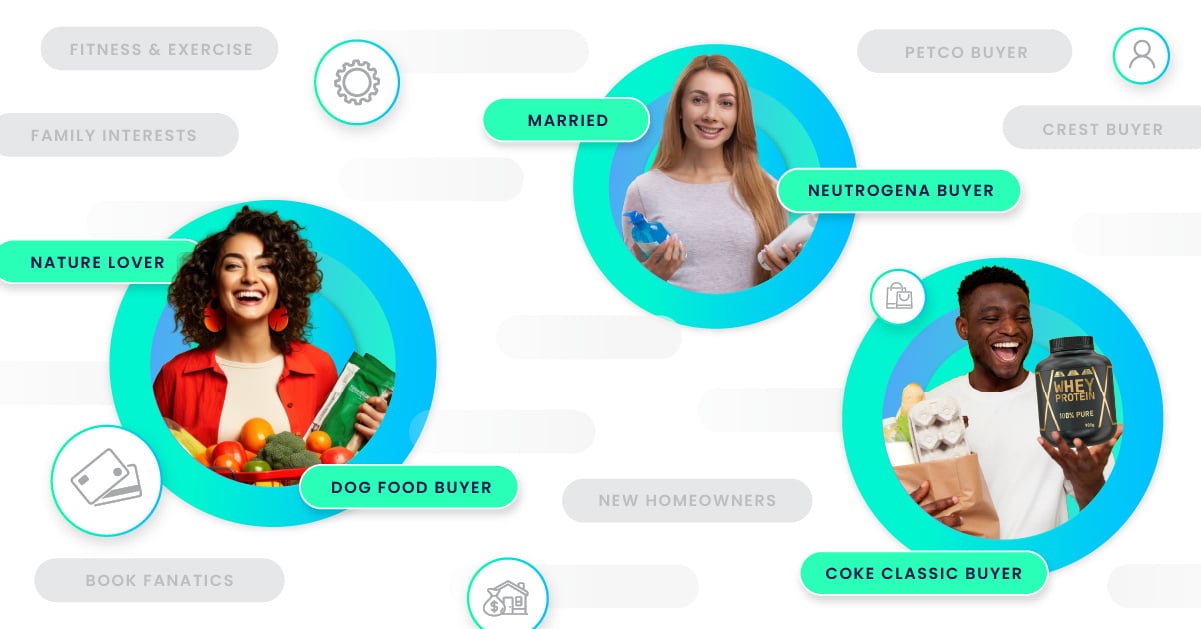







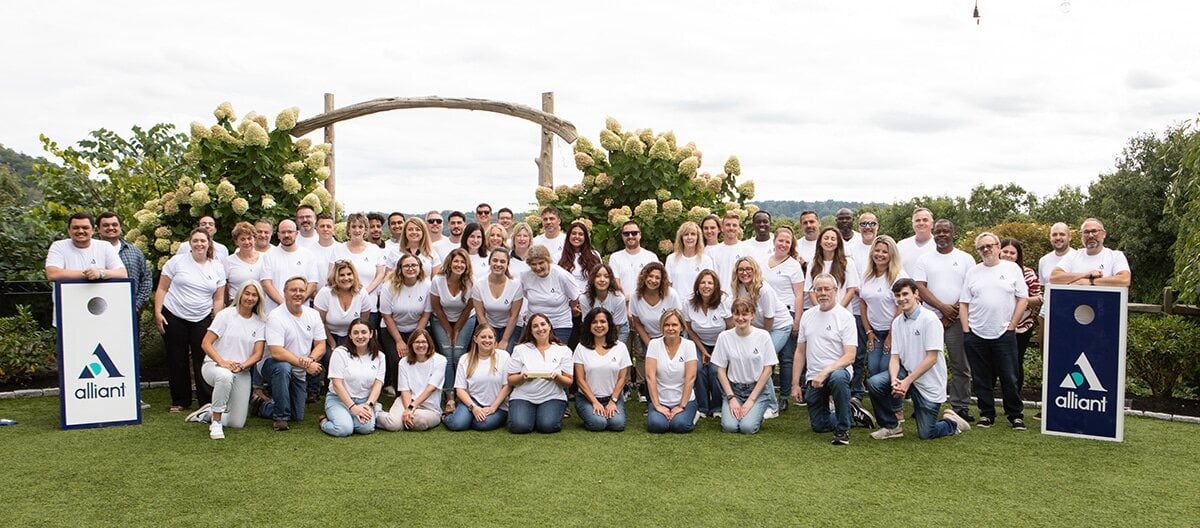



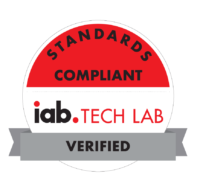
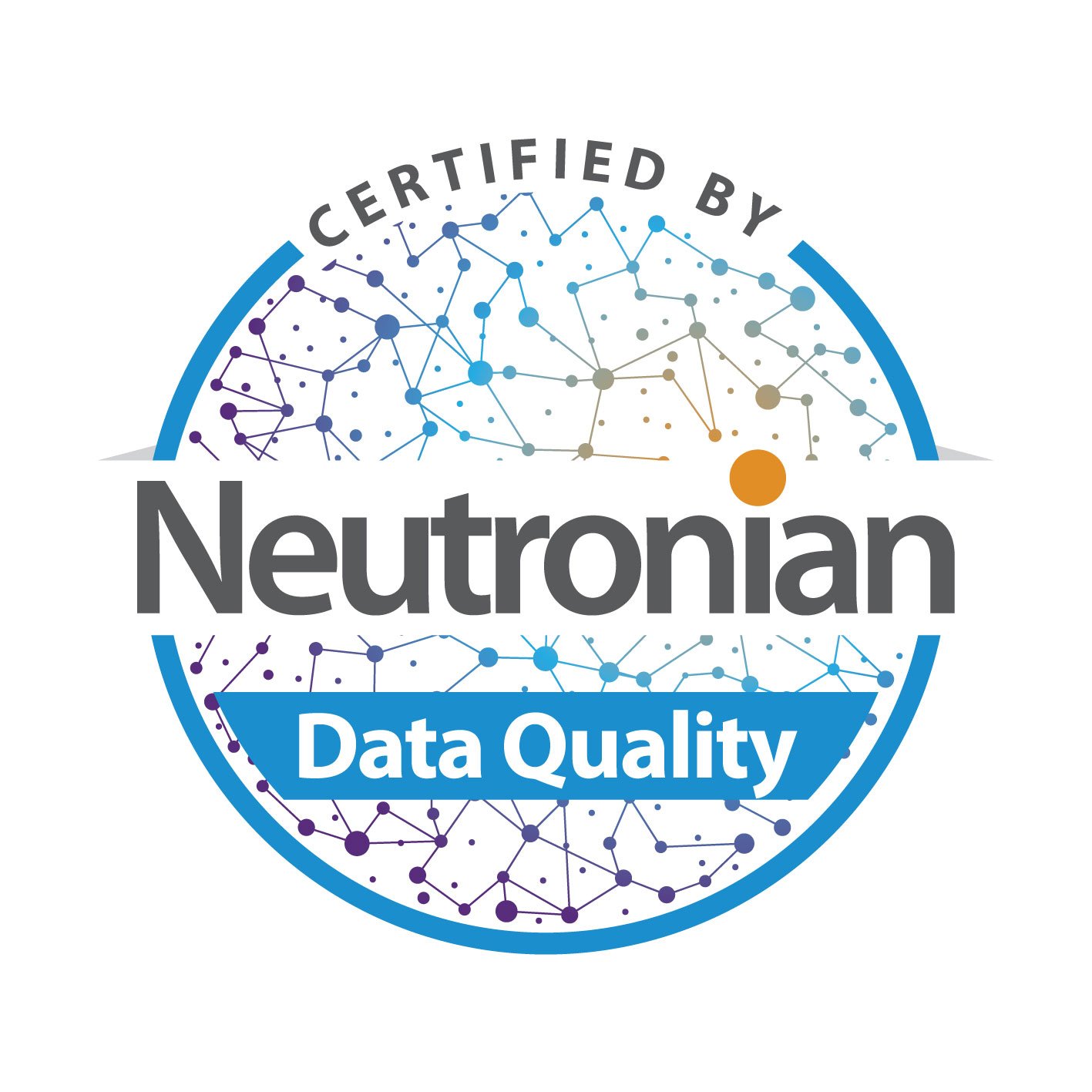
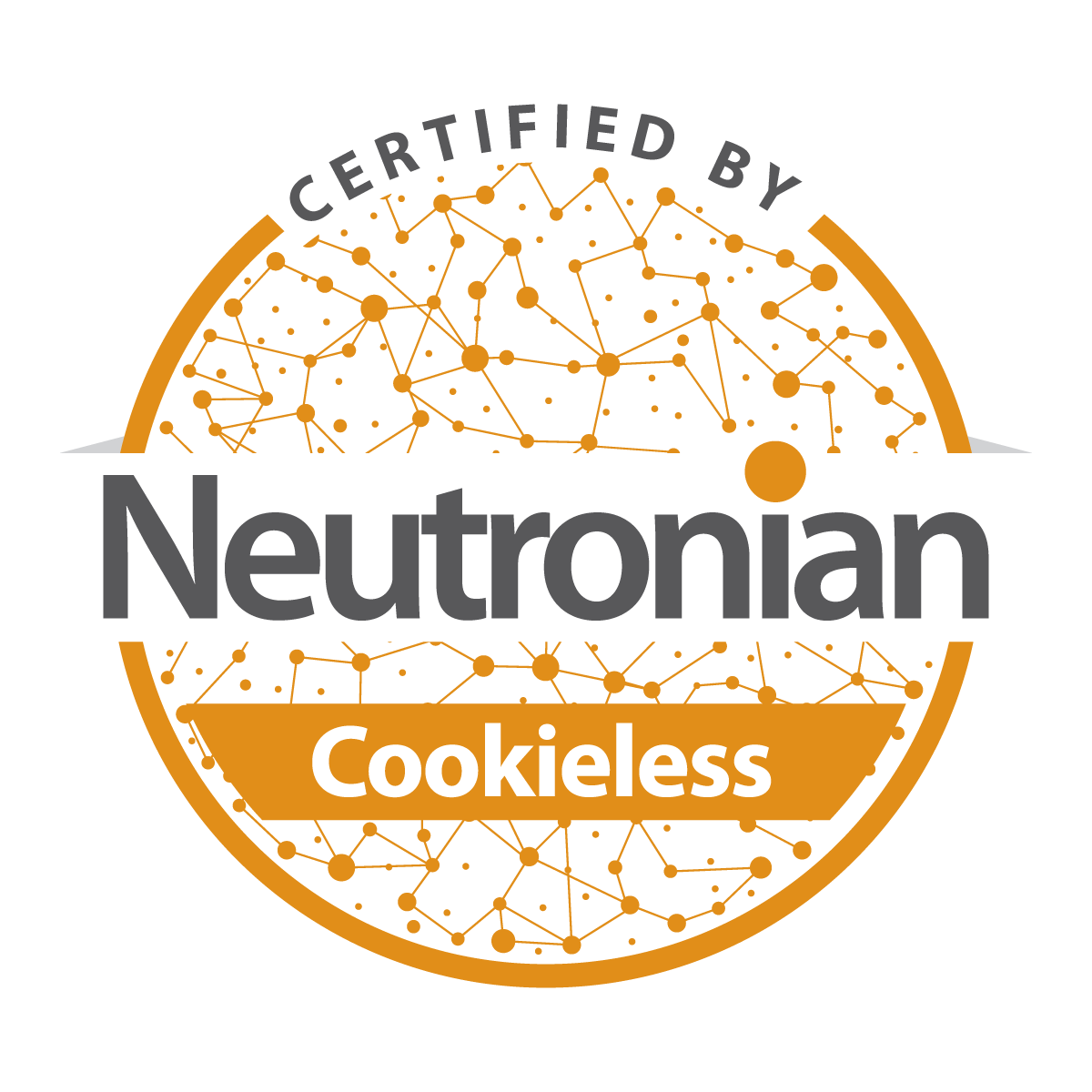
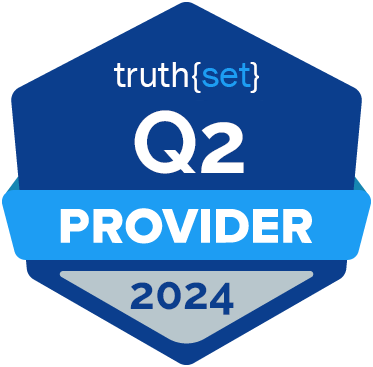
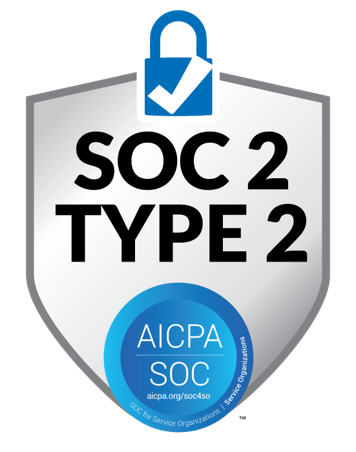




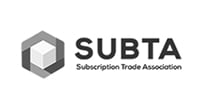

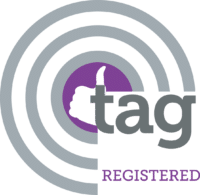
Submit a Comment